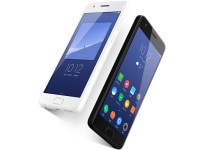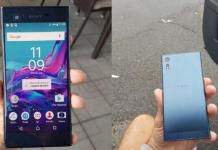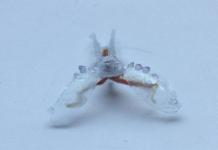The University of Tokyo presenting a new device turns to a humankind electronic display. Electronic skin or (e-skin) represents an ultra-thin, ultra expandable that can duplicate the human skin replacing all the manners of the fitness tracker. The research for electronic skin is happening earlier which results in some drawbacks.
Study of Science Advances Research, The absolute thickness of the device, containing the substrate and encased layer, is only 3mu microns, which is one order of magnitude is skinny than the epidermal layer of human skin. It is a super thin and flexible protective film less than 2 micrometers thick, which serves as electronic skin display.
Samsung’s Smartwatch With Skin Touch Projector On Your Hand
By merging green and red PLEDs with OPDs, we fabricate an ultra-flexible reflective pulse oximeter. The device reticently measures the oxygen concentration of blood when laminated on a finger. On the skin seven segmented digital spectacles and color indicators, data can be ocular directly on the body.
For industrial applications, it is substantial to manufacture wearable devices using processing procedures that inflate during the whole and minimize cost. We exhibit ultra flexible three color, highly efficient polymer light emitting diodes (PLEDs) and organic photodetectors (OPDs) to become aware of optoelectronic skins (OE skins) that offer multiple electronic activities such as feel and display on the surface of human skin.
New Invisible “Second Skin” Treats Eczema and Temporarily Wraps Wrinkles
An electronic thin film is firmly laminated to the skin gradually equip the Human body with an electric constituent for health monitoring and information technologies. When electronic instrument used, the mechanical elasticity and stretch performance of thin film devices helps to curtail the stress and discomfort combine with wear, and this is due to their softness and conformability.
In 2013, researchers came up with the same conceptual of thin PLEDs i.e. electronic skin or (e – skin). But the attempt was failed due to a major problem with this type of light films that it lasted for the matter of hours when exposed to regular air. So the reason the University of Tokyo study aimed to address.
Latest Technology makes your Skin a Touchscreen for Smartwatches
Let’s watch out the University of Tokyo’s research study contributing to the consumer ready electronic – skin that can progress to detect pressure, body temperature, blend with its surroundings and do much more.














